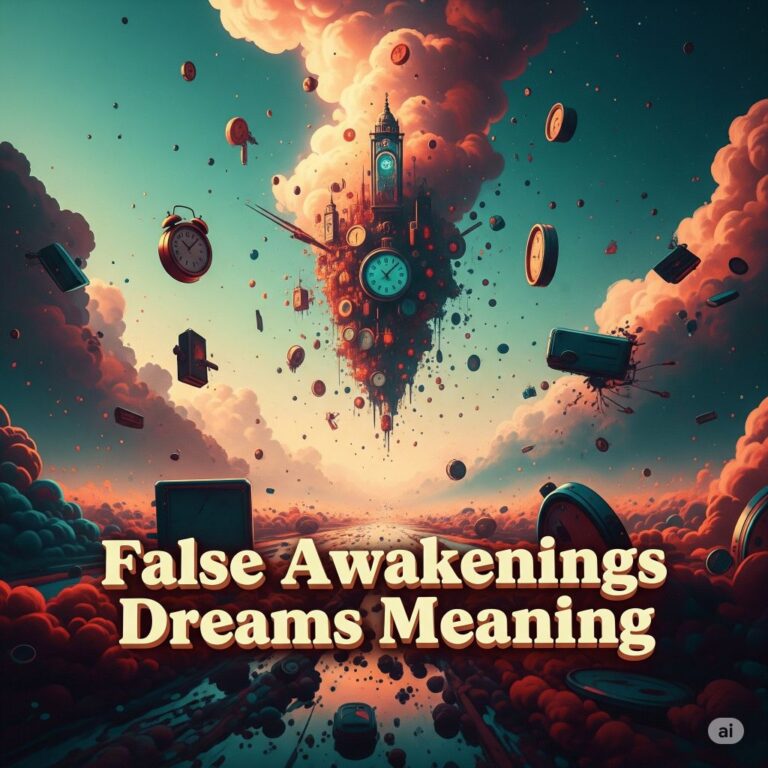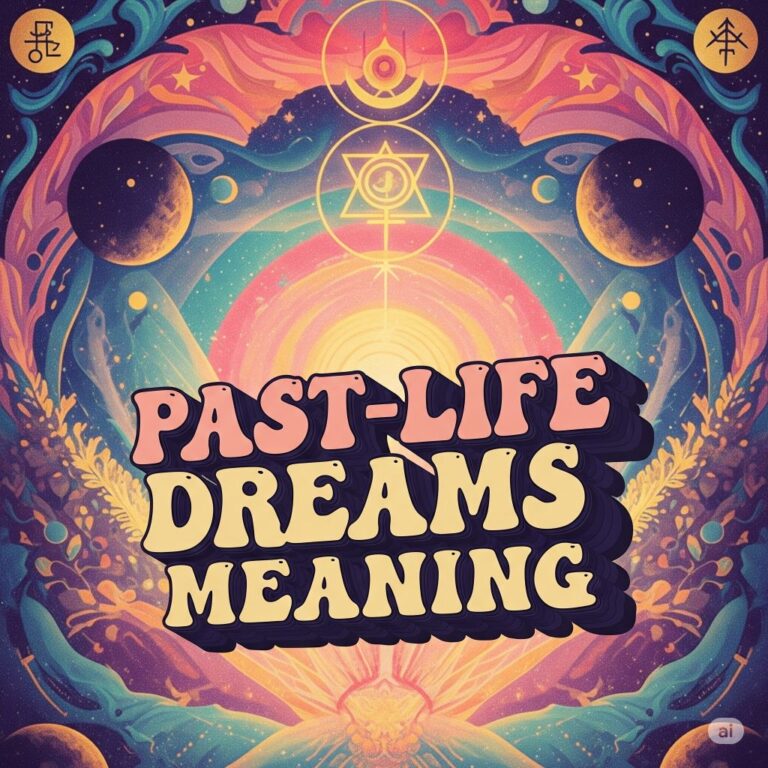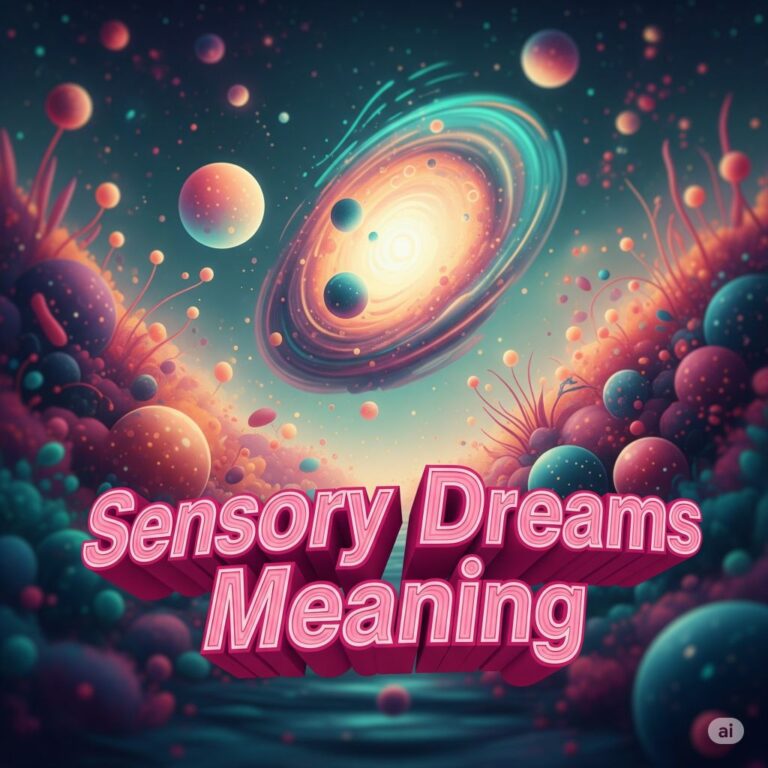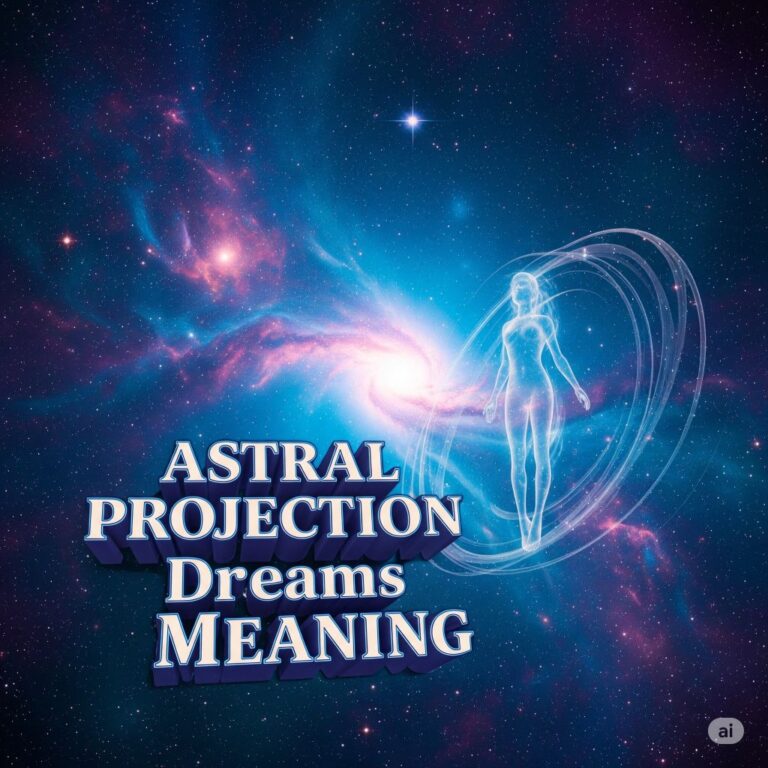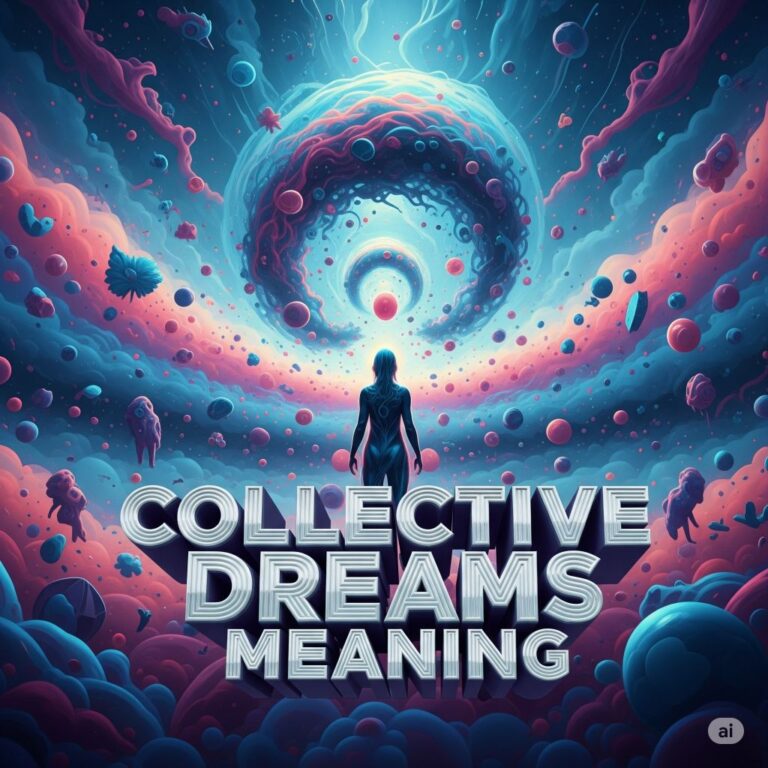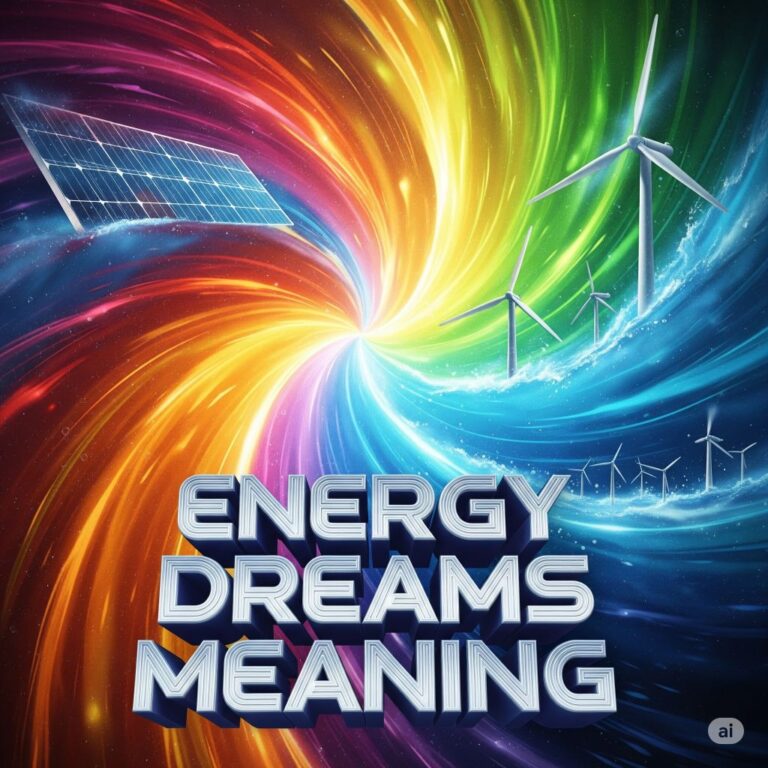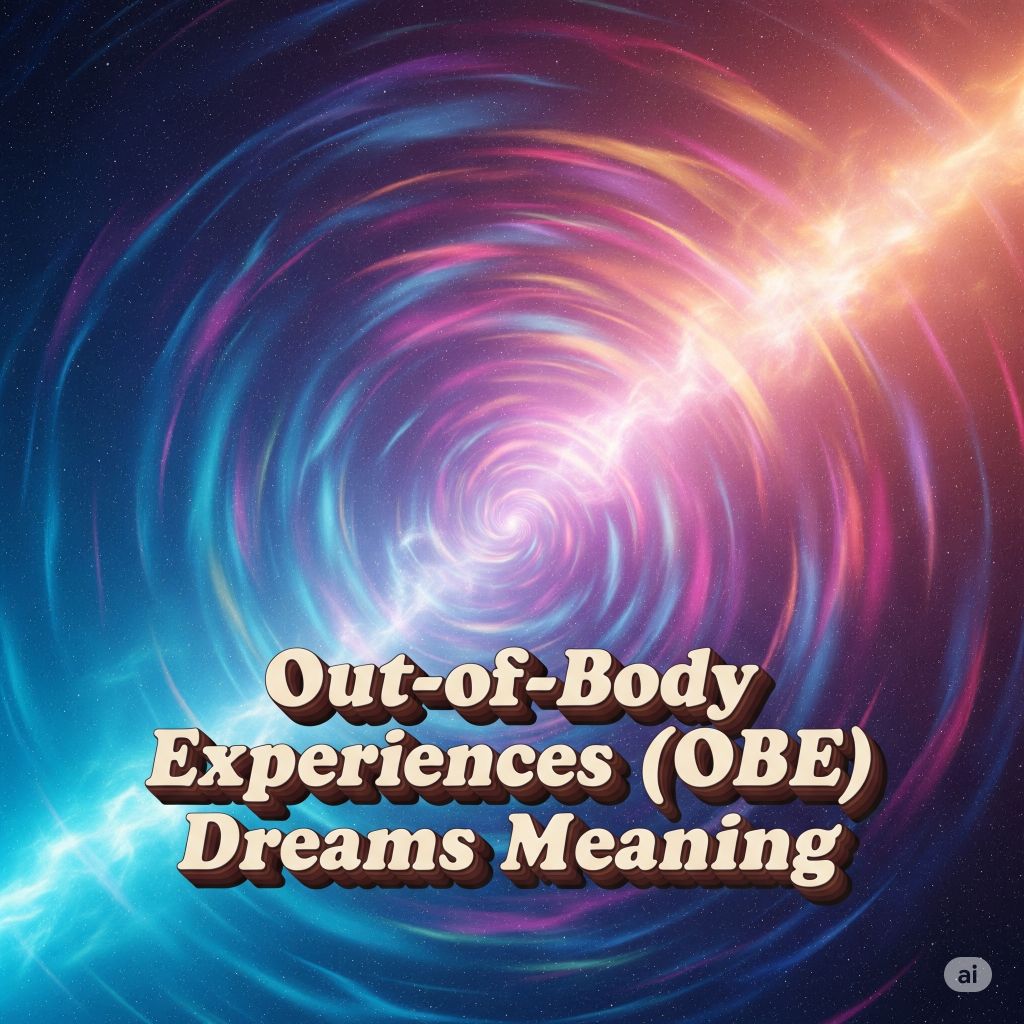
The Out-of-Body Experience (OBE) is one of the most compelling and often profound dissociative phenomena reported by humans across cultures and throughout history. It is characterized by the distinct sensation of perceiving the world from a location outside of one’s physical body. During an OBE, individuals report seeing their physical body (autoscopy), often from above, and sometimes describe traveling to other locations or realms.
These experiences challenge conventional understandings of consciousness and the self, prompting questions about the nature of mind, body, and reality. This article explores the meaning, interpretation, and various perspectives surrounding OBEs.
What is an Out-of-Body Experience (OBE)?
An Out-of-Body Experience (OBE) is a subjective experience in which a person perceives the world from a location outside their physical body. The term “OBE” typically refers to experiences where the individual feels they have separated from their body and are observing it or their surroundings from an external vantage point.
Key characteristics often reported:
- Disembodiment: The feeling of being separate from the physical body.
- Perspective Shift: Perceiving the world from an elevated or remote position, often looking down at one’s own body.
- Realness: A strong sense of the experience being real, vivid, and distinct from ordinary dreaming.
- Consciousness: Maintaining full consciousness, thought processes, and memory during the experience.
- Freedom of Movement: The ability to move through physical objects or travel to distant locations.
- Emotional Range: Emotions can range from profound peacefulness and euphoria to fear and disorientation.
When Do OBEs Occur?
OBEs can happen under various circumstances:
- Sleep-Related:
- During Sleep Onset (Hypnagogic state): As one is drifting off to sleep.
- During Waking Up (Hypnopompic state): As one is emerging from sleep, often associated with sleep paralysis.
- During NREM Sleep: Some reports suggest OBEs can occur in non-REM sleep stages.
- Stress or Trauma-Related:
- Near-Death Experiences (NDEs): A significant number of NDEs include OBEs, often reported by individuals who were clinically dead or in life-threatening situations (e.g., cardiac arrest, severe accidents).
- Traumatic Events: During moments of extreme physical pain, emotional shock, or fear.
- Induced States:
- Meditation and Deep Relaxation: Experienced practitioners of meditation, yoga, or mystical traditions.
- Psychoactive Substances: Certain drugs (e.g., ketamine, psychedelics) can induce OBEs.
- Sensory Deprivation/Overload: Extreme conditions can trigger altered states of consciousness.
- Neurological Conditions: Conditions like epilepsy, migraines, or brain injuries.
Scientific and Neurological Perspectives
Mainstream science generally interprets OBEs as neurological or psychological phenomena, rather than literal out-of-body travel.
- Brain Localisation:
Neuroscientists have conducted experiments that suggest OBEs can be triggered by stimulating specific areas of the brain, particularly the temporoparietal junction (TPJ). This region integrates sensory information from the body and helps create our sense of self and spatial orientation. Disruption or stimulation of the TPJ can lead to a distorted sense of body ownership and a feeling of being outside the physical self. Table 1: Brain Regions and Associated OBE Sensations Brain Region Associated OBE Sensation/Feature Temporoparietal Junction (TPJ) Disembodiment, perceiving oneself from above, altered body schema Vestibular System Floating, spinning, disorientation Right Angular Gyrus Autoscopic phenomena (seeing one’s own body) Prefrontal Cortex Maintains consciousness and cognitive function during OBE - Body Schema Disruption:
Our brain constantly constructs a “body schema” – an internal map of our body’s position in space. When this schema is disrupted (e.g., during sleep paralysis, certain neurological conditions, or extreme stress), the brain may compensate by creating the sensation of being outside the body. - Dream State Phenomena:
OBEs that occur during sleep transitions (hypnagogic/hypnopompic) are often linked to vivid dreaming or hallucinations associated with sleep paralysis. The mind is active and generating imagery while the body remains immobilized. - Psychological Factors:
- Dissociation: OBEs can be a form of dissociation, a mental process that causes a lack of connection in a person’s thoughts, memory, feelings, actions, or sense of identity. It’s a coping mechanism for stress or trauma.
- Autosuggestion: Individuals who believe in or actively seek OBEs may increase their likelihood of experiencing them through focused attention and expectation.
Spiritual and Metaphysical Perspectives
In many spiritual traditions and metaphysical schools of thought, OBEs are considered literal experiences of consciousness or the “soul” temporarily separating from the physical body.
- Astral Projection:
This is a common term within esoteric and New Age traditions for a type of OBE where the “astral body” (a non-physical double of the physical body) separates and travels to an “astral plane” or other dimensions. This is often viewed as a spiritual practice or a form of spiritual exploration. - Near-Death Experiences (NDEs):
For many who report NDEs including OBEs, the experience is profoundly transformative and interpreted as evidence of an afterlife or the continuation of consciousness beyond physical death. Common NDE elements like tunnels, bright lights, encounters with deceased loved ones, and a review of life are often combined with the OBE. - Mystical and Shamanic Traditions:
Across cultures, shamans and mystics describe journeys of consciousness outside the body to interact with spirits, gain knowledge, or perform healing. These are seen as deliberate spiritual practices. - Consciousness as Primary:
These perspectives often posit that consciousness is fundamental and not merely a byproduct of the brain. The brain acts as a receiver or filter for consciousness, and during an OBE, this filter may be temporarily bypassed.
Common Characteristics and Interpretations
| Characteristic | Scientific/Psychological Interpretation | Spiritual/Metaphysical Interpretation |
|---|---|---|
| Seeing own body | Disruption of body schema, brain’s self-representation | Consciousness observing its temporary physical vessel |
| Floating/Flying | Vestibular system anomaly, dream-like sensation | Freedom of spirit, travel on subtle planes |
| Passing through walls | Dream logic, altered spatial perception | Non-physical nature of the “astral” body |
| Encountering others | Memory projection, dream figures, subconscious creations | Communication with spirits, non-physical beings, or other “astral” travelers |
| Feelings of peace | Release from physical pain/anxiety, brain chemistry | Evidence of spiritual realm, connection to higher self |
Real-World Reports and Anecdotal Evidence
Reports of OBEs are widespread and date back thousands of years. They are reported by individuals from all walks of life, including children and adults, across diverse cultures.
- Clinical Settings: Patients undergoing surgery or experiencing cardiac arrest frequently report OBEs as part of their NDEs, often describing accurate observations of the operating room or resuscitation efforts from an external vantage point.
- Survey Data: Large-scale surveys indicate that 5-10% of the general population report having had at least one OBE in their lifetime.
- Induced OBEs: There are documented cases of individuals (e.g., Robert Monroe, Sylvan Muldoon) who claim to have intentionally induced and explored OBEs over many years, providing detailed accounts of their experiences.
- Parapsychological Research: Researchers in parapsychology have attempted to study OBEs under controlled conditions, with some experiments involving targets or remote viewing. While some studies have reported suggestive results, they lack the consistency and replicability needed for widespread scientific acceptance.
Conclusion
Out-of-Body Experiences (OBEs) remain one of the most enigmatic and deeply personal human experiences. Whether interpreted as complex neurological phenomena, profound psychological states, or literal excursions of consciousness from the physical form, OBEs consistently push the boundaries of our understanding of what it means to be conscious.
For the scientific community, OBEs offer valuable insights into brain function, consciousness, and perception. For those who experience them, particularly in near-death contexts, OBEs can be life-altering, often leading to a profound shift in beliefs about life, death, and spirituality. Regardless of interpretation, the consistent reporting of these experiences across time and cultures ensures their continued fascination and exploration, inviting us to ponder the very nature of our existence beyond the confines of the physical body.

